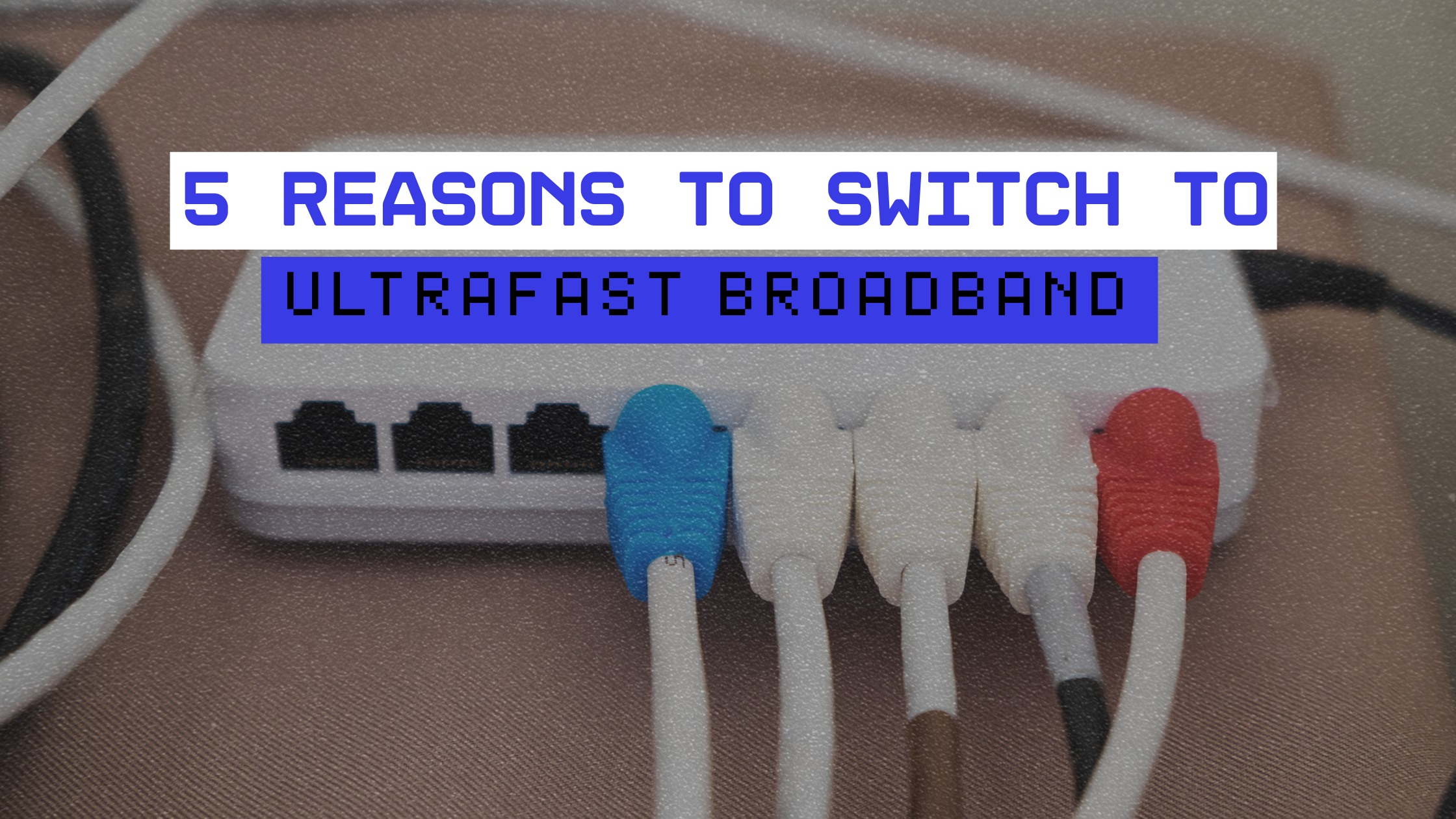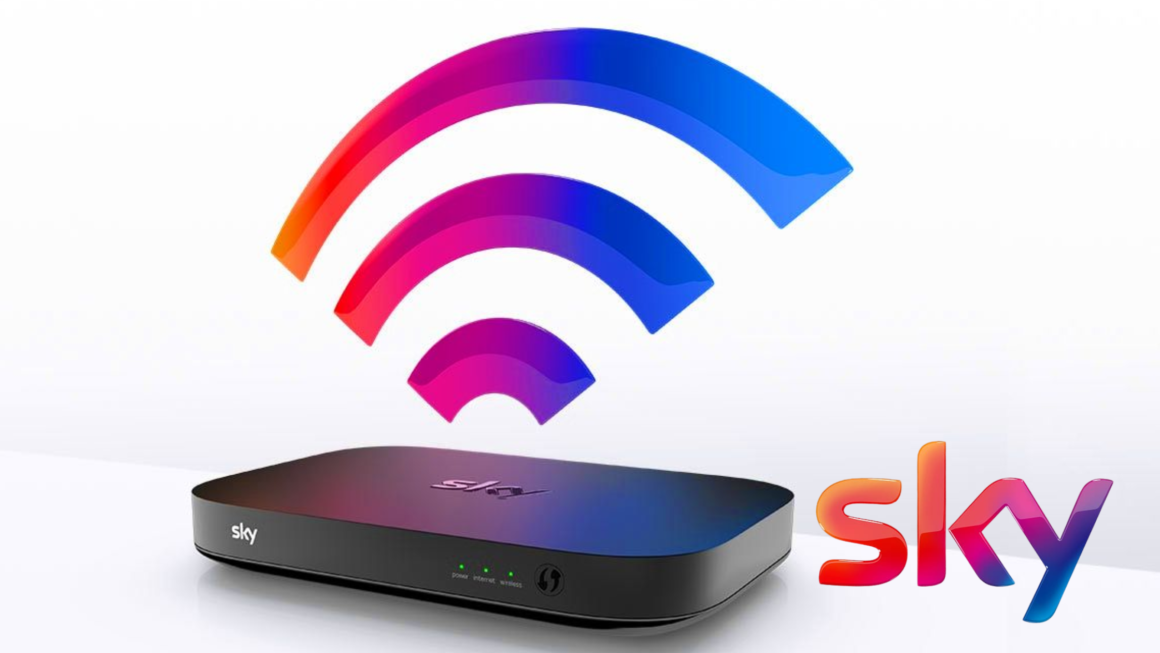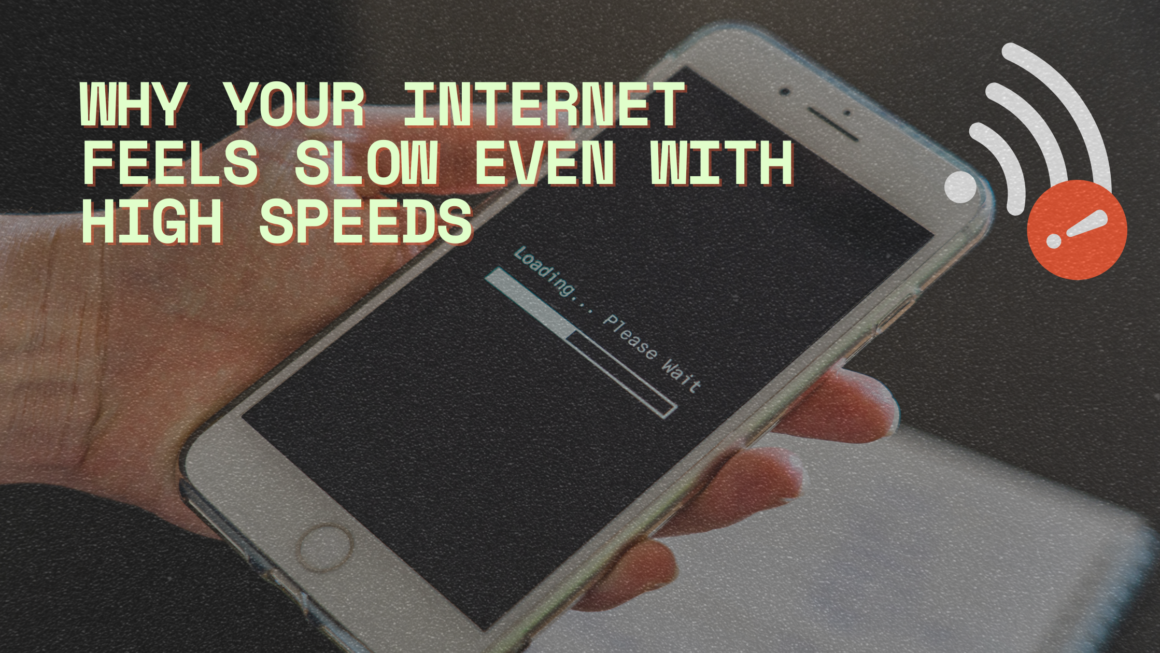You’ve just downloaded a new console game—it’s 100GB. The progress bar crawls along, boldly declaring: “5 hours remaining.” Frustrated, you check your phone. It’s lagging too. The smart speaker isn’t responding, and your email won’t send unless you switch to mobile data. It’s 2025, and somehow, your internet still feels stuck in the past. This is where ultrafast broadband steps in. We’re talking speeds starting at 300Mbps and often reaching over 1Gbps. If you’re frequently gaming or streaming in 4K, you might want to look into which broadband is best for heavy streamers and gamers.
Unlike the old copper lines many homes still rely on, ultrafast broadband is delivered through full fibre—right to your doorstep. It means more than just speed. It’s about consistency, stability, and the ability to run multiple devices without slowdowns.If your home has become a battleground of buffering, dropped connections, and endless downloads, it might be time to reconsider your setup. In this article, we’ll walk through five key reasons to switch to ultrafast broadband—because your internet should match the way you live today.
1. Speeds That Actually Match Your Lifestyle
Internet connections aren’t just a convenience anymore—they’re an essential part of how we live, work, and stay entertained. Many homes have shifted from occasional browsing to full-on digital ecosystems. Video calls, cloud storage, smart home devices, streaming platforms, and gaming consoles all rely on a steady, high-speed connection. Traditional broadband may have worked a decade ago, but the way we use the internet today demands something faster and more reliable.
Ultrafast broadband, generally defined as speeds above 300Mbps, is designed to meet those modern needs. It ensures that multiple devices can run demanding tasks at the same time without slowing each other down.
Seamless Streaming on All Devices with Ultrafast Broadband
Streaming isn’t just about watching one film at a time anymore. It often involves several people in a household using different devices simultaneously—some watching in 4K, others listening to music, and others scrolling through high-resolution content on social media. These activities all require a stable connection.
Ultrafast broadband helps maintain quality across all devices. Instead of buffering, screen freezes, or resolution drops, you get consistent performance even during peak hours. The difference is most noticeable when more than one stream is running, or when a video conference and a streaming service are both active.
Gaming Without the Lag

Online gaming is one of the most demanding things you can do on a network. Lag and latency aren’t just annoying—they can ruin the experience. Ultrafast broadband helps maintain a consistent, responsive connection by:
- Reducing latency for smoother, real-time play
- Allowing fast downloads of game updates and new releases
Smooth Remote Work and Learning
Homes now often double as workspaces and classrooms. Zoom meetings, large file uploads, and cloud-based tools require strong and stable internet—not just for one user, but often for several people at the same time.
Ultrafast broadband supports this by offering enough capacity to handle:
- Multiple HD video calls without freezing or audio delays
- Fast uploads of presentations, assignments, or design files
- Simultaneous use of bandwidth-heavy tools across users
With more people working from home permanently or attending online classes, a slower connection can affect productivity and concentration. Ultrafast broadband reduces that friction, helping households manage demanding digital routines with fewer interruptions.
2. Ultrafast Broadband Built for Households with Heavy Usage
Internet connections aren’t just a convenience anymore—they’re essential to how we live, work, and stay entertained. Homes have shifted from casual browsing to full digital ecosystems. With streaming, video calls, smart devices, and gaming all happening at once, ultrafast broadband (300Mbps+) delivers the speed and stability modern households genuinely need.
Multiple Users, Zero Drama
It’s common for everyone in a household to be online at once. The pressure builds when different types of usage—like streaming, downloading, and video calling—happen simultaneously. That’s when sluggish speeds and interruptions show up.
Ultrafast broadband reduces this problem by offering higher bandwidth and more consistent performance. That means:
- No buffering when someone else starts streaming
- Zoom calls stay clear even during busy evenings
- Downloads don’t slow down because of shared activity
The connection holds steady even at peak times, giving everyone the experience they expect.
Smart Home Compatibility
As smart home devices become standard, the network load increases quietly in the background. Smart speakers, doorbell cameras, connected lights, thermostats—they all stay online around the clock.
Ultrafast broadband supports dozens of these always-on devices with greater stability. This matters not just for performance, but also for security and responsiveness. Features like real-time video from smart cameras or voice-activated controls require a fast, stable connection to function properly. With ultrafast broadband, your smart home stays as responsive as it’s meant to be—no lag, no dropouts.
3. Say Goodbye to Buffering and Dropouts
Speed often gets the spotlight when discussing broadband, but reliability is just as important—especially when you’re in the middle of a meeting, a game, or a movie night. A fast connection is great, but a stable one is essential. That’s where ultrafast broadband shines. It’s not only about how quickly you can download something—it’s about how consistently your connection performs, no matter the time of day or how many devices are online. If your connection looks great on speed tests but still lags or buffers, this explanation sheds light on why real-world performance can feel so different.

Full Fibre Means Fewer Disruptions
Ultrafast broadband delivered through full fibre (FTTP) offers a direct connection from your home to the fibre network. This is a major upgrade from older systems that still rely on copper wiring for part of the journey.
The benefits of full fibre include:
- Stronger resistance to electrical interference, signal degradation, and weather-related issues
- More consistent speeds during peak hours or under heavy usage
- A direct, dedicated line that isn’t shared with nearby homes in the same way as traditional broadband
This infrastructure makes a noticeable difference, especially in homes with demanding digital habits.
Reduced Ping and Jitter
Lag and jitter are common complaints during live video calls, gaming sessions, or any activity that relies on real-time communication. They’re caused by instability in your connection, often due to outdated infrastructure or shared bandwidth.
Ultrafast broadband minimizes these issues with lower latency and greater consistency. This means:
- Smoother online meetings with fewer audio or video glitches
- Real-time gaming without sudden lags or connection drops
- A more reliable experience when using cloud-based tools or live streaming platforms
It’s the kind of connection that lets you stop worrying about disruptions—and start focusing on what you’re doing.
4. Future-Proofing Your Home Internet
Ultrafast broadband isn’t just a solution for today’s internet needs—it’s a way to prepare for what’s coming next. As more aspects of life shift online and emerging technologies become mainstream, your connection needs to be strong enough to handle whatever comes your way. Treating your internet as a long-term investment makes more sense than constantly upgrading outdated services.

Ready for New Tech
The internet is evolving fast. From 8K video and smart appliances to virtual reality (VR) and augmented reality (AR), the demands on home networks are growing. A standard broadband connection may work now, but it can quickly become outdated as new technologies roll out.
Ultrafast broadband offers:
- Enough speed and bandwidth to support upcoming innovations
- Better compatibility with next-gen devices and platforms
- Less need to upgrade or switch providers in the near future
It’s a forward-thinking option for households that want to stay ahead of the curve without disruptions or last-minute adjustments.
Higher Property Appeal
Full fibre access is increasingly seen as a desirable feature for buyers and renters alike. As remote work and digital lifestyles become the norm, fast and reliable internet is no longer a bonus—it’s expected.
Homes with ultrafast broadband can:
- Stand out in competitive housing markets
- Attract more interest from tech-savvy buyers or tenants
- Offer a practical advantage for landlords and developers
In many cases, fibre access is listed right alongside other essentials like heating, insulation, and double glazing. It’s becoming a key selling point for modern properties.
5. Ultrafast Broadband Competitive Pricing and Better Value
There’s a common misconception that ultrafast broadband is only for those with deep pockets or high-end tech needs. But that’s changing fast. As infrastructure improves and more providers roll out full fibre services, ultrafast packages are becoming more widely available—and more affordable than many people expect.
Affordable Packages Are More Common Now
In the early days, ultrafast broadband was niche and expensive. Now, it’s becoming a standard option in many areas, and prices have dropped significantly as availability expands. You can often find packages that rival the cost of standard fibre, especially during promotional periods or when bundled with TV and phone services.
Some providers even offer ultrafast speeds as part of their basic packages, meaning you don’t have to spend more to get a noticeably better connection. If you haven’t checked what’s available in your area lately, you might be surprised by what’s on offer.
Cost vs. Value
It’s not just about the price tag—it’s about what you actually get. With ultrafast broadband, the value often outweighs the cost, especially in busy households where speed and reliability matter.
Faster speeds reduce the time you spend waiting on downloads, buffering, or upload delays. This translates into more time spent being productive, entertained, or connected—without the usual tech frustrations. In many cases, the small increase in cost provides a significant improvement in quality of life, making ultrafast broadband a smart long-term investment.
Anchor Point – Choosing the Right Provider

If you’re seriously considering the switch to ultrafast broadband, the next step is deciding who to get it from. This is where the details start to matter. While many providers now offer ultrafast options, not all are equal when it comes to speed consistency, customer service, and installation experience.
Choosing the right provider can mean the difference between a seamless upgrade and weeks of frustration. So, before you commit to a new plan, it’s worth knowing what to look for. If you’re considering a provider known for wide coverage and strong streaming support, this review offers a closer look at performance, hardware, and real-world gaming experience.
What to Look For in a Good Ultrafast Provider
Not all ultrafast broadband packages are built the same. Pay attention to these key factors before signing up:
- Symmetrical speeds: Some providers offer ultrafast download speeds but much slower uploads. For video calls, cloud storage, and remote work, symmetrical or near-symmetrical speeds are ideal.
- Full fibre (FTTP) availability: Make sure the provider offers fibre-to-the-premises in your area—not just fibre-to-the-cabinet, which still relies on old copper lines.
- Installation timeline: Ask how long it takes to get connected. Some providers can install in days; others may take weeks.
- Customer service track record: Look up reviews and forums. Fast internet is great, but support matters when things go wrong.
Taking a few extra minutes to compare these details can save you from future headaches and ensure your upgrade actually delivers what you’re expecting.
Coverage and Availability
Ultrafast broadband isn’t available everywhere yet. Even in urban areas, coverage can vary by street. Some providers only offer full fibre in select postcodes, so it’s important to check availability before committing.
Use the postcode checker on the provider’s website to confirm if full fibre is available at your address. If not, you may still have access to high-speed alternatives, but they won’t match the performance of a full fibre connection.
Taking a moment to verify coverage can save you from unexpected limitations after signing up.
Conclusion – Time to Make the Switch to Ultrafast Broadband
Ultrafast broadband isn’t just a high-end upgrade—it’s quickly becoming the baseline for modern living. With more devices, higher-quality content, and growing digital demands, households need a connection that can keep up. It’s not only about faster downloads, but about smoother video calls, uninterrupted streaming, responsive gaming, and stable support for smart home tech. Some connections handle that kind of usage better than others.
As full fibre networks expand and prices drop, switching to ultrafast broadband makes more sense than ever. It’s a practical move that improves day-to-day life while preparing your home for what’s next in digital connectivity.




